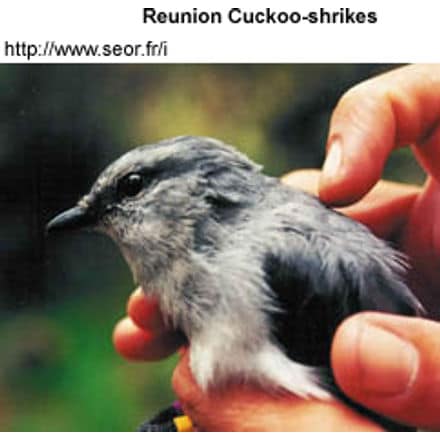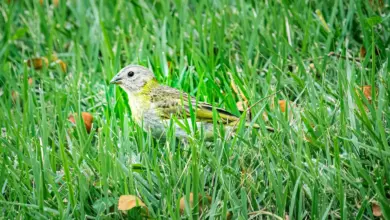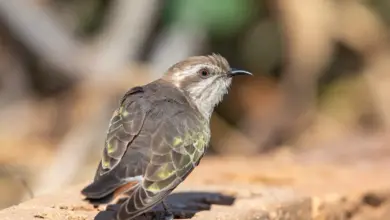Reunion Cuckoo-shrikes
Cuckoo-shrikes … Cuckooshrike Species Photos
The Réunion Cuckoo-shrikes, Coracina newtoni, is a critically endangered forest bird from the island of Réunion in the Indian Ocean. This species in the cuckoo-shrike family is restricted to two small patches of forest in the north of the island.
The species is restricted to the canopy of native forests, occurring today in subtropical mountain forests. It is thought to have once ranged across the whole of Réunion’s lowland forests.
Description
The Réunion Cuckoo-shrikes is a small arboreal bird.
The plumage is dimorphic between the sexes. The male is grey colored with a darker back and lighter underside; the face is darker and has the impression of a mask. The female is quite different, being dark brown above and striped underneath with a white eye-line.
Calls / Vocalizations
The e Réunion Cuckoo-shrikes call of the species is a clear whistled tui tui tui, from which is derived its local Réunion Creole/French name, tuit-tuit.
Diet / Feeding
The diet of this species is principally insects, though fruit are also taken.
Status / Conservation
The Réunion Cuckoo-shrikes are a critically endangered species and is currently the focus of conservation efforts. Its range has declined significantly and is currently an area of just 16 km². The population of the species is currently stable but at the low number of around 240 adult birds, and is very vulnerable to localised disasters such as forest fires or habitat degradation. Introduced cats and rats prey on the species (particularly on young birds), and introduced herbivores such as deer degrade what little habitat remains.
Formerly classified as an Endangered species by the IUCN, it was suspected to be rarer than generally assumed. Following the evaluation of its status, this was found to be correct, and it is consequently uplisted to Critically Endangered status in 2008 as it is in immediate danger of extinction, numbering so few birds that it might be entirely wiped out by a single catastrophic event such as a tropical cyclone.
Pilot studies have shown that controlling rat and cat numbers around nesting sites leads to increased survival of chicks, and the test programme of trapping and poisoning is going to be expanded. The species’ survival plan also includes recommendations to translocate some individuals to suitable habitat in other parts of the island.
Copyright: Wikipedia. This article is licensed under the GNU Free Documentation License. It uses material from Wikipedia.org … Additional information and photos added by Avianweb.
Please Note: The articles or images on this page are the sole property of the authors or photographers. Please contact them directly with respect to any copyright or licensing questions. Thank you.






